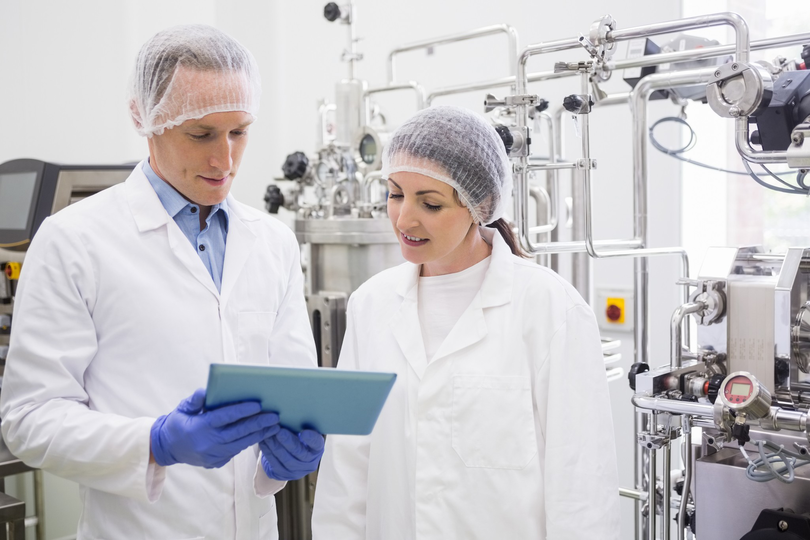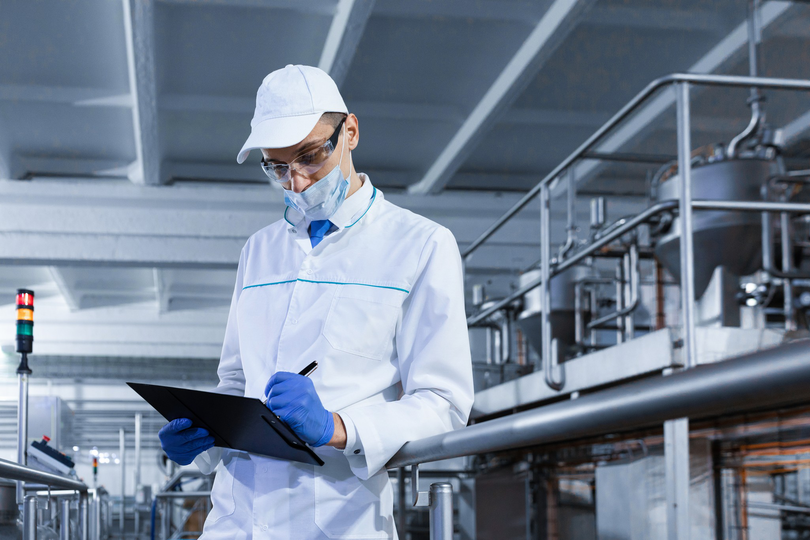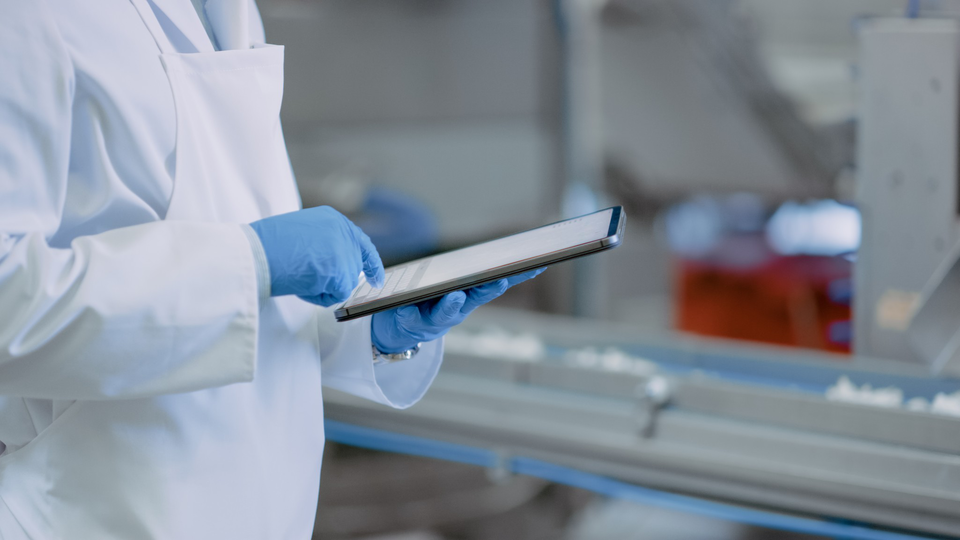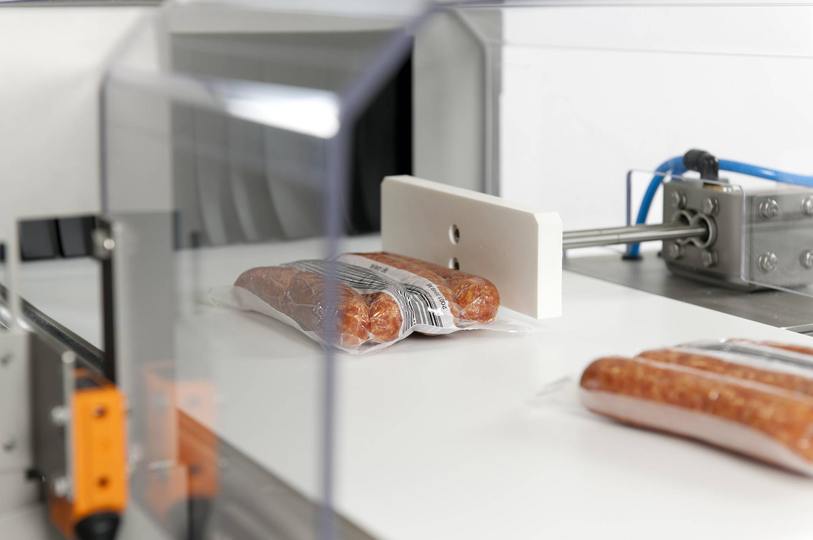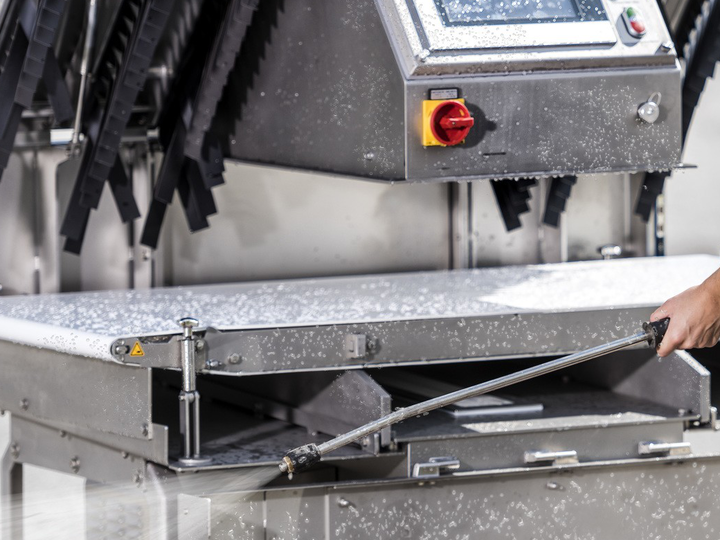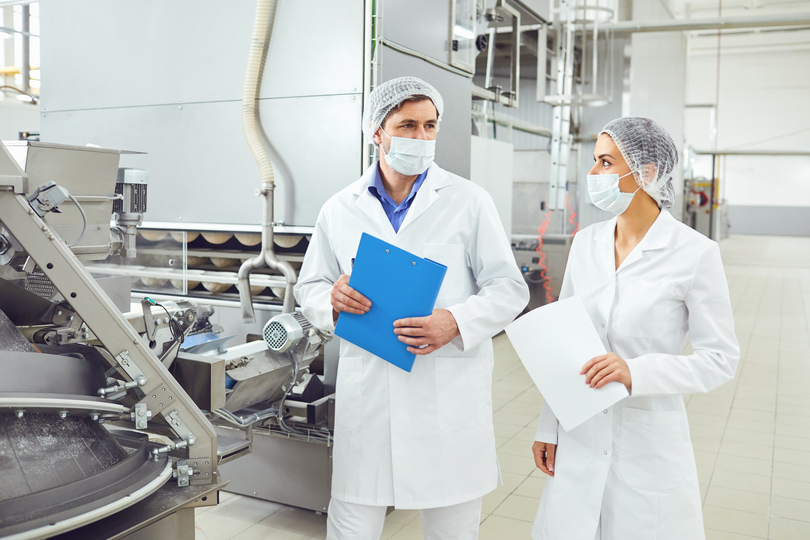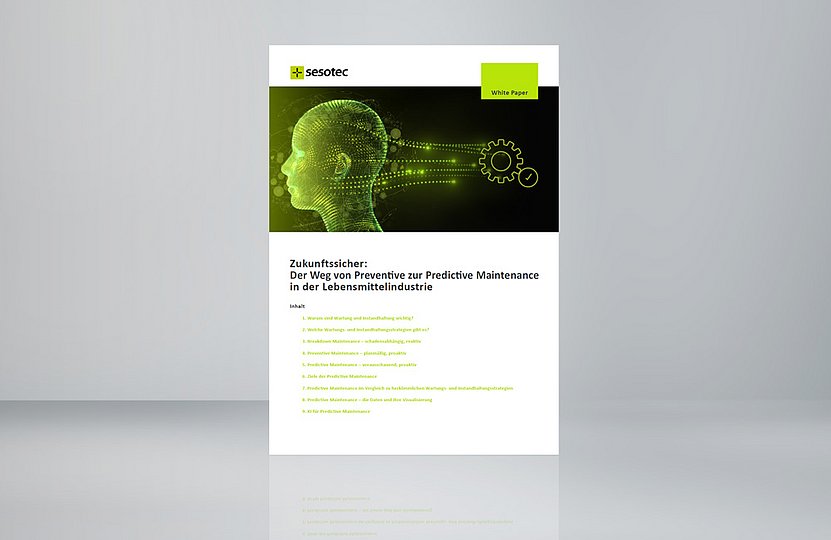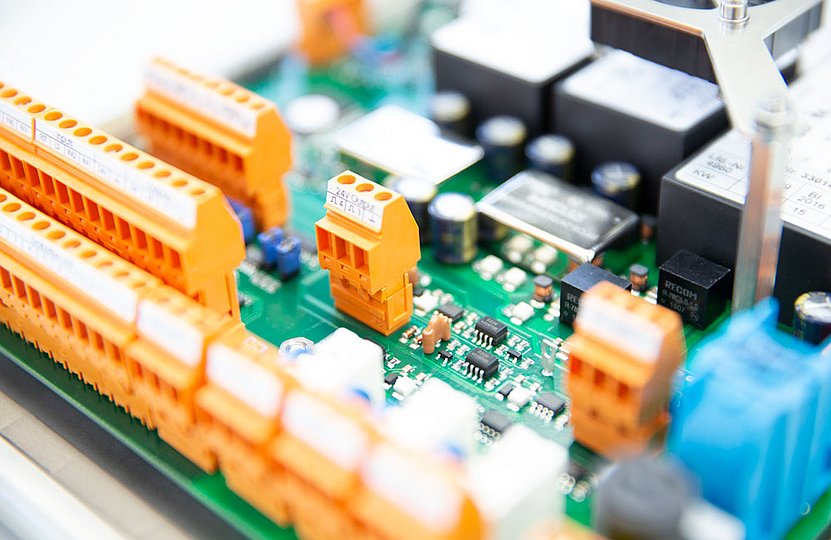UNDERSTANDING FOOD SAFETY
Your article series on food safety
Anyone who produces or processes food is faced with a multitude of questions and challenges related to food safety. In an industrial environment, food safety encompasses many different aspects that are not always easy to grasp. With our article series on the topic of food safety, we aim to shed some light on the subject.
We start right at the beginning and explain, among other things, what food safety actually means, the role technological developments play, and what needs to be considered regarding standards and legal regulations. Finally, we also delve into the specific challenge of product inspection or foreign body detection. We will regularly expand this series and enrich it with new information. We hope you enjoy browsing and reading and that we can provide you with useful information for your challenges. If you would like to speak directly with us about a food safety topic, please do not hesitate to contact us.




